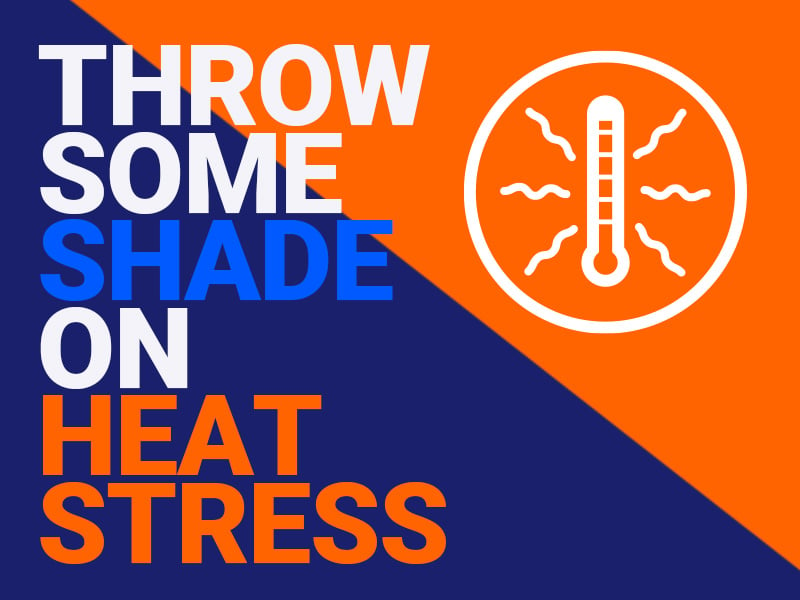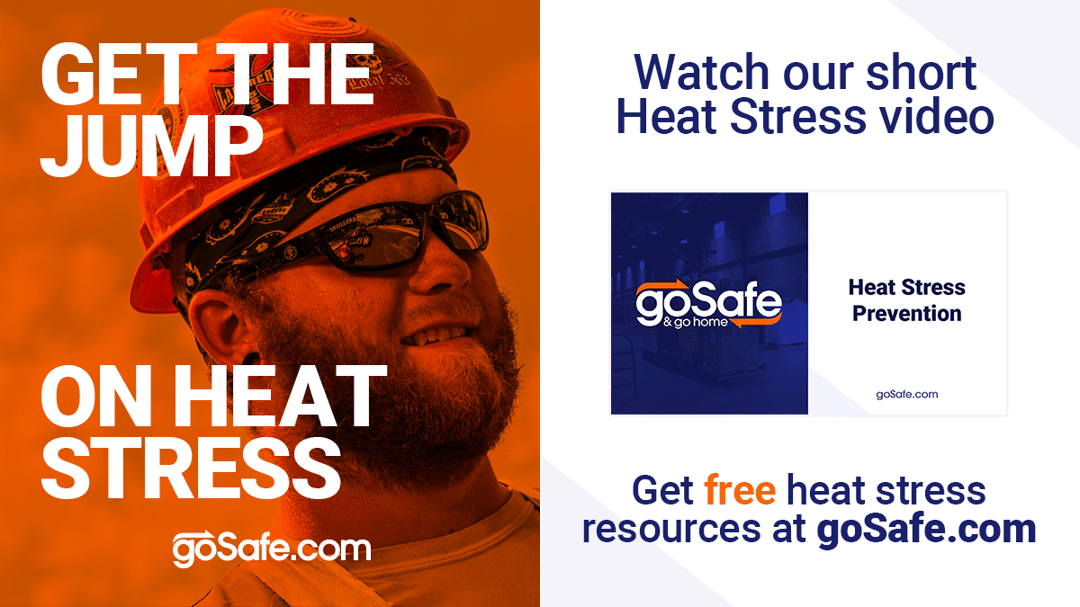Working in extreme heat is challenging. Heat creates physical and mental stresses that are absent in climate-controlled environments, and requires workers to rely on products and practices that prevent heat stress and Heat Related Illnesses (HRI’s). Practicing smart hydration and electrolyte replacement is only part of the solution; for many there are occasions where additional equipment is necessary to help keep workers cool.
Evaporative cooling vests (towels, skullcaps, etc.) can be a cost-effective way to help regulate your core temperature and beat the heat when working in high heat environments. Evaporative cooling vests use the natural process of evaporation to help cool your body. Evaporation occurs when water is exposed to energy in the form of heat. When the water in your vest heats and evaporates, it also carries away with it some of the core heat emitted by your body, thus resulting in the cooling of your body temperature.
How Do Evaporative Cooling Vests Work?
The natural process of evaporation (when water changes to gas) takes heat. Energy (heat) breaks the bonds that holds water molecules together. Once the bond is broken, evaporation can occur. We’ve already discussed how evaporation helps cool your body. When the evaporation process occurs, the evaporating water removes heat which cools whatever the water was in contact with. This means when the moisture in your cooling vest evaporates, it also pulls some of your body heat away with it.
How to Use an Evaporative Cooling Vest
To use most evaporative cooling vests (and other products), you first need to pre-soak your vest in water. Just dunk it into the water in a cooler or run it under a faucet or hose. Many evaporative cooling vests are made with special material that can hold water without the heaviness that would accompany a soaking wet bath towel. Even though you need the water stored in the vest so that evaporation can occur, it is still fine to ring out a little excess, so you don’t have water dripping all over your body.
Evaporative cooling products can be a cost-effective way to help regulate your core temperature and beat the heat when working in high heat environments"
How Do I Wear the Vest?
For best results, evaporative cooling vests need to be worn on the outside of all other clothing. As was mentioned earlier, energy from solar heat jump-starts the process of evaporation. Exposure to sunlight is crucial for evaporation. If you have your vest trapped under a layer of clothing, sunlight won’t be able to reach it.
Another factor that increases evaporation is wind. Without going into the specific physics of wind, humidity, and evaporation, think of it like this: evaporation moves water into the air when it converts from water into gas. The more particles that already exist in the air surrounding those water molecules, the slower evaporation occurs (the air space is crowded). Wind reduces the crowding effect by sweeping away nearby airborne particles giving water free space to evaporate. So, in our use of evaporative cooling vests, the more evaporation occurs, the more heat can be drawn away from our bodies. Wind helps speed up this process therefore increasing the amount of cooling we can receive with these vests. If your vest is trapped under clothes, it won’t get any help from the wind.
How Long Will the Cooling Last?
The short answer: It depends. How wet is the vest? Was it worn properly? How humid is it? Humid climates, for example, result in slow evaporation while dry climates result in fast evaporation. So - in a dry climate, your evaporative cooling vest may only last 45-60 minutes; while in a humid climate, it might last for 2-3 hours. Regardless, once it dries out, all you need to do to restart the process is to soak it again.
Will These Vests Really Keep Me Cool?
Science is on your side. Does evaporation occur? Yes. Does evaporation remove heat? Yes. That’s a great place to start if you are looking for reasons to be optimistic about the results of an evaporative cooling vest. There are, however, other factors to consider. How you specifically use your vest will affect results. Your climate also affects results (see above), as does the quality of the vest. The answer though is this: Yes, you will experience cooling if the vest is used properly in an environment that allows for evaporation. No, you won’t feel like ice is flowing through your veins, but if you are looking for a cost-effective cooling mechanism to make work or play a little more enjoyable, these are a very realistic option.
Developing Healthy Habits
Dealing with Heat Stress and Heat Related Illnesses can be challenging. Tight work schedules in demanding, extreme environments can lead to a lack of preparation and practice when it comes to dealing with the heat. Stay in the Green Zone! Make a habit of ensuring that you are prepared for, and deal with the stresses of your environment before HRI symptoms can develop. If you use an evaporative cooling product, be sure to re-soak at regular intervals. Remind your co-workers to do the same. Be aware of your environment, and of the condition of those around you. Developing healthy habits like this will make a difference!







